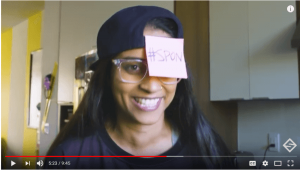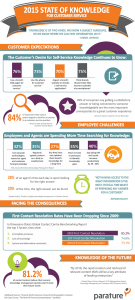
Getting ranked on Google’s search engine results pages (SERPs) is a zero sum game. If you can capture one of three top spots, or at least Page 1, your website is practically guaranteed to get a lot of visitors. If you are on any other page, most potential customers will never find you.
But at one time this Google ranking was alot different and based more on how many links you have rather than the content.
So you seen alot of keyword stuffing, poor quality content, and basically gamed Google into ranking their site #1.
But now content is king, but what really begs the question now with SEO is
what other factors play a role into getting your site ranked into the top 3?
Let’s take a look…
Effects of Google’s Algorithm Updates
Just when most web masters got search engine optimization (SEO) figured out, Google changed the way it ranked pages. In August 2011, it launched its Panda search engine algorithm update. The biggest difference was that Google starting putting much less emphasis on backlinks and gave more weight to social approval signals. This shift continued when the Penguin update was rolled out in April 2012.
Google’s search engine algorithm originally was designed before the explosion in popularity of social media. In these seemingly pre-historic days – which actually were less than a decade ago – web users had few opportunities to respond immediately to the content they were reading. As a result, a website’s ranking was based primarily on how many high-quality backlinks it had.
Social Approval Signals
Penguin and Panda changed all that. Now a site’s ranking is mainly determined by Internet users who can “vote” on the usefulness and quality of a site by hitting the Facebook “Like” button, re-Tweeting it, using the “+1” button on Google Plus.
Google uses these social approval signals to determine a web page’s value faster and more accurately. As a result, its search engine algorithm relies more heavily on social media-based indicators, rather than backlinks, to determine a site’s page ranking.
So if you want your page ranked high, you need to make it easy for people to give it social approval signals. Search engine marketing (SEM) needs to focus on encouraging people on social media to link to and approve their pages, rather than focusing most of their time creating backlinks, which are still useful but no longer of primary importance.
Using LSI Keywords
While including the optimal number of keywords related to your niche – 2 to 4 percent — is still critically important to improving your Google ranking, the Penguin version is now also looking for Latent Semantic Indexing Keywords (LSIs), a fancy term that basically means “synonyms.”
Google now gives preference to web pages that flow more organically, so pages that are optimally saturated with synonyms for the keyword are preferred to those stuffed with the same keyword stated over and over again.
Page Visitor Behavior
Another critical change is the value Google’s search engine now pays attention to the behavior of your page’s visitors once they arrive there. In addition to looking at things like how long the average visitor stays on your page and how frequently they return, the post-Penguin search engine also considers such things as your click-through, surf pattern and bounce rate – or how many visitors click away from your page after only a second or two, an indicator of a sub-quality page.
If visitors don’t find what they are looking for when they arrive on your site, find your content to be dull, uninteresting, or consider your content to be the same they can find everywhere else, your bounce rate will increase. Another thing that can increase bounce rate is when pages have audio or video that starts automatically. This tends to cause visitors to bounce off right away, especially if they are viewing the page at work.
Decreasing ‘Bounce Rate’
To reduce your bounce rate, you want to make it easier for high-target visitors to find your page and provide high-value content once they arrive there. These SEM techniques will keep your visitors engaged longer improving the way Google ranks your page.
Another thing to consider is the keywords that are attracting your page’s visitors: Are they the most appropriate? If not, users who arrive and don’t find what they want are likely to leave quickly, negatively affecting your SERP rank.
Finally, design your page by including clearly-defined links within it to other pages within your site so that visitors can easily navigate to the specific information they want. This helps to reduce page bounce and to keep visitors on your pages longer, both of which improve ranking.
(153)






